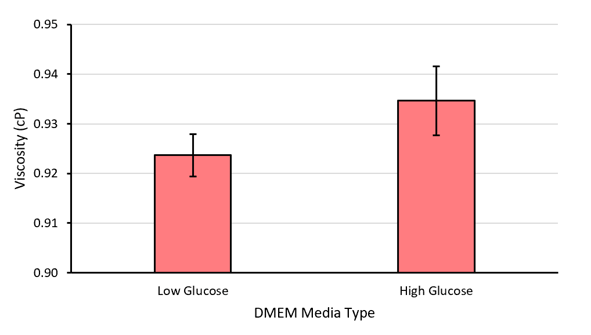
Impact of Excipients on Buffer Viscosity
Formulate with Confidence
Measure buffer viscosity.
It is often desirable to distinguish low viscosity fluids such as buffer solutions prepared to solubilize proteins or antibodies. Buffers are formulated with a variety of excipients or inactive ingredients to ensure protein stability or to reduce the viscosity without lowering the concentration of the active. Common additives include mono or disaccharides, sugar alcohols, and individual amino acids. Since the buffer solution is the foundation of the fully formulated protein, it is important to accurately measure its viscosity. This will ensure consistency of the raw materials as well as the formulation process.

Most viscometers are unable to make such distinctions, and those that are capable tend to be very tedious and time consuming. This application note demonstrates the advantages of measuring with the VROC® Initium one plus, which incorporates microfluidic and MEMS technology into a fully automated system.
————————————————————————————
Submit form to access full application note.
Key Words:
- Viscosity
- Buffer Solutions
- Arginine Hydrochloride
- Histidine Hydrochloride
- Sucrose
- D-mannitol
- Trehalose
- Maltose
- D-galactose
- Sugar alcohols
- Amino Acids
- Monosaccharide
- Disaccharide
.png?width=200&height=58&name=RheoSense%20Logo%20(REGISTERED).png)

.jpeg?width=300&name=Woman%20scientist%2c%20documents%20and%20hands%20writing%20_575258496-min(1).jpeg)

